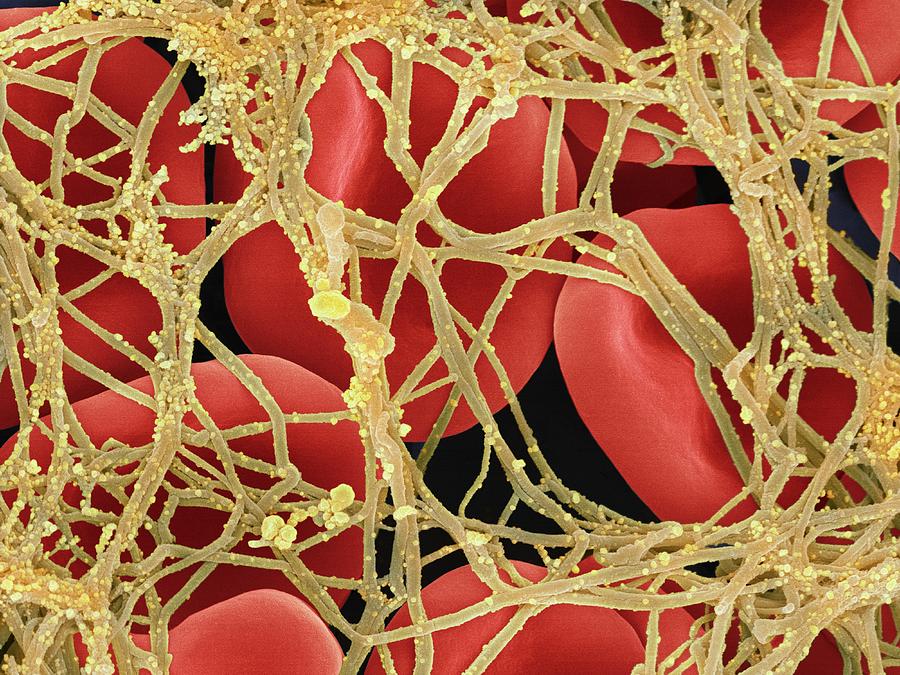
There are some instances when you should talk to a medical professional. Read more: Here’s why you should always masturbate on your period

(Although in these cases, clotting would probably be accompanied by pain and other symptoms.)Ĭlot-filled periods could also be a sign of uterine fibroids, or small, non-cancerous growths in the uterus that a study out of the Women’s Hospital of Birmingham found will be experienced by 70% of women before they turn 50. But in some cases, it can be a sign of a bigger medical problem.Īccording to Wysocki, it’s possible a sudden change could be due to a miscarriage, disease, or infection. Usually period clots are nothing to worry about. Read more: What your period blood consistency says about your health When they finally do start bleeding, their periods might be heavier than they’re used to and contain clots. On the other end of the spectrum are peri-menopausal women, whose ovulation and menstruation are beginning to occur further apart. “It’s not unusual for women to have heavy, heavy bleeding during puberty”, which could likely involve clotting, Wysocki says. Interestingly enough, women might notice period clots during the first and last years of their periods. It also isn’t unusual to experience clots sporadically throughout your years of menstruation. “It really depends on individual chemistry and whether they have a heavy or light period,” Wysocki says.
Period blot clots how to#
Read more: How to tell the difference between period blood and spotting These clots are typically red or dark in colour and appear during the heaviest days of a woman’s period. But sometimes, especially if you have a heavy flow, not all of your uterine tissue is able to be broken down, which leads to clots forming and being released during menstruation. Typically, anti-coagulants released by the body during menstruation fend off period clots.


Susan Wysocki, a nurse practitioner and board member of the American Sexual Health Association, explains, “Our bodies are engineered in a way that blood, with the help of internal chemicals, clots so that we don’t bleed to death.”


 0 kommentar(er)
0 kommentar(er)
